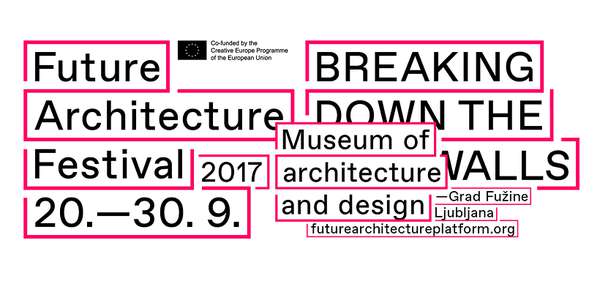Idea by
Adriana Pablos Llona
Call for ideas 2017
Urban homework for Europe
Urban homework for Europe
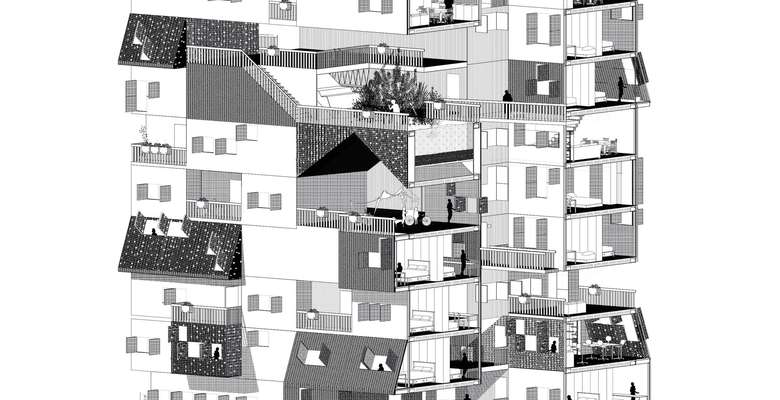
The city is at crisis. The rehabilitation of large urban areas is a state of affairs. We are facing this challenge with outdated logics and urban tools.
There are parts of our cities that are dying. We already tried to do better by creating new. This did not turn smart but easier. It is time to embrace the challenge of taking care of the older city.
One of the most virulent periods in the growth of our cities were the developmentalism decades with the exodus from the countryside towards the cities in the seek of a better life. The architectural spirit was the Modernism and its belief of the No-Place. Thus emerged hundreds of neighborhoods in Europe. Today this tissues are degrading all over Europe.
It is believed that it is not about rehabilitating a building; it is understanding the social structures architecture creates and how this architecture must be convertible to stay healthy and appealing towards forthcoming generations.
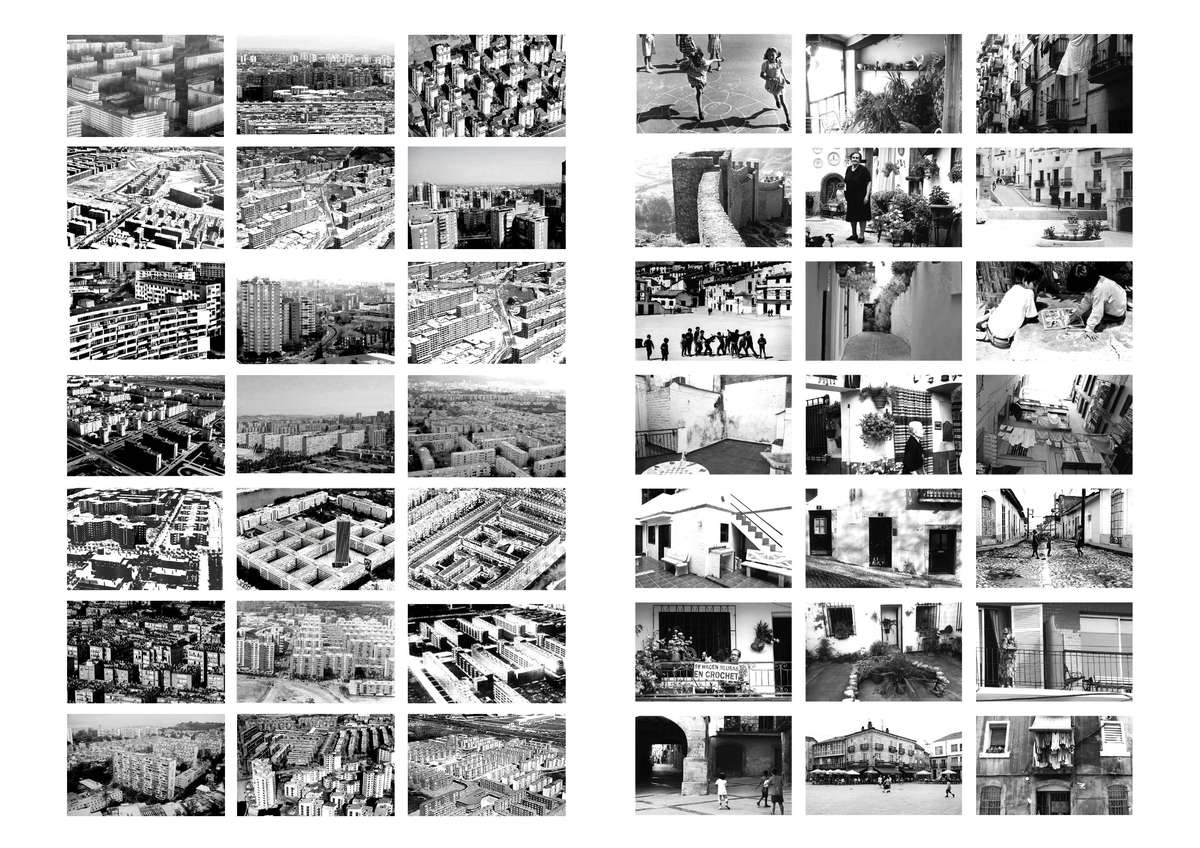
There are parts of our cities that are dying. We already tried to do better by creating new. This did not turn smart but easier. It is time to embrace the challenge of taking care of the older city.
The rehabilitation of large urban areas is a state of affairs. We are facing this challenge with outdated logics and urban tools.
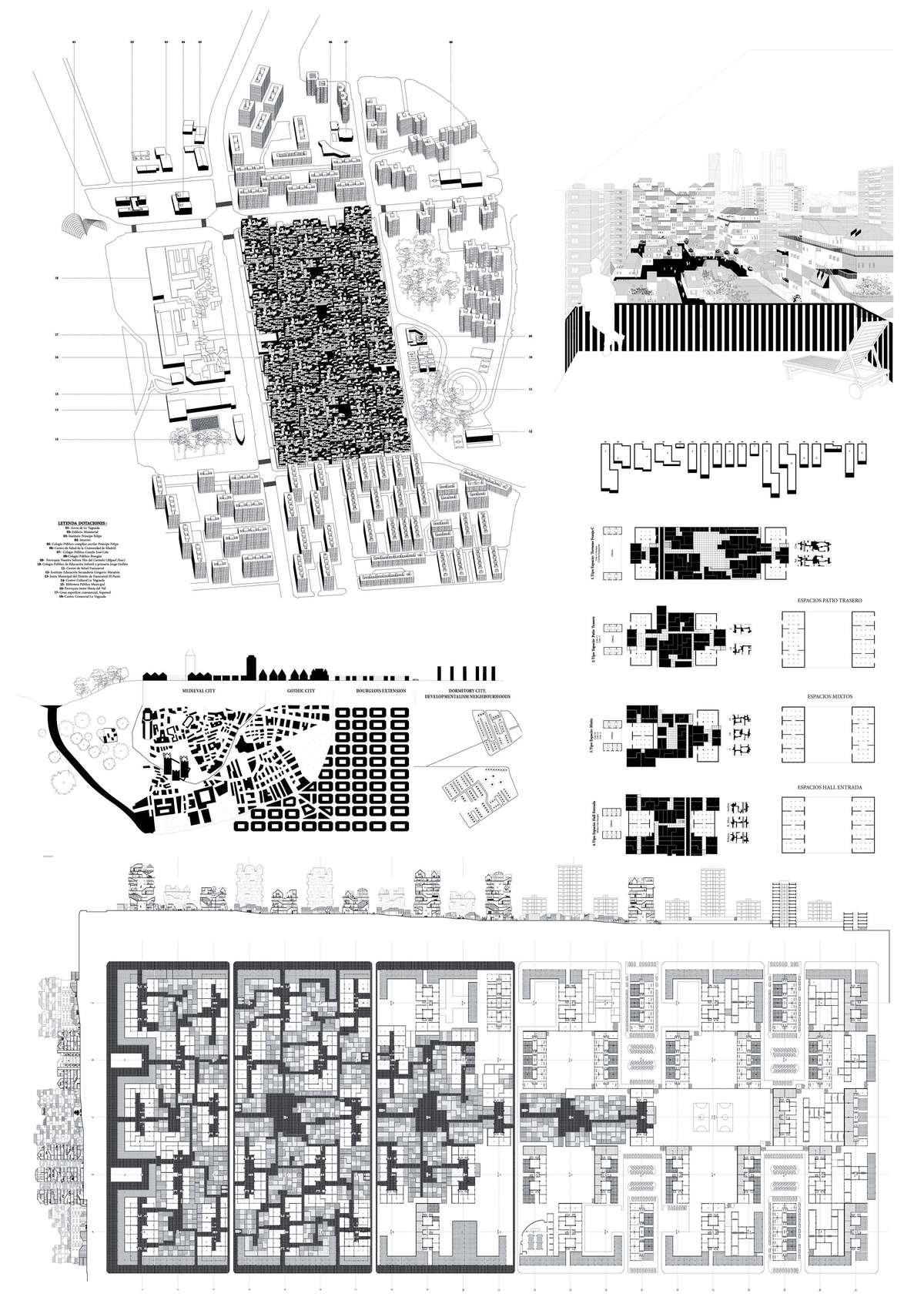
Cities have grown unstoppably and will continue to. Time has turn the fabrics of previous and peripheral growths into privileged and consolidated urban tissues. They are now enjoying metropolitan centralities, large infrastructures, interconnections. While little or no change has been introduced in the architecture, the built environment has survived many generations from that which designed it. New generations bring social reconfigurations. A fixed fabric is then condemned to degradation
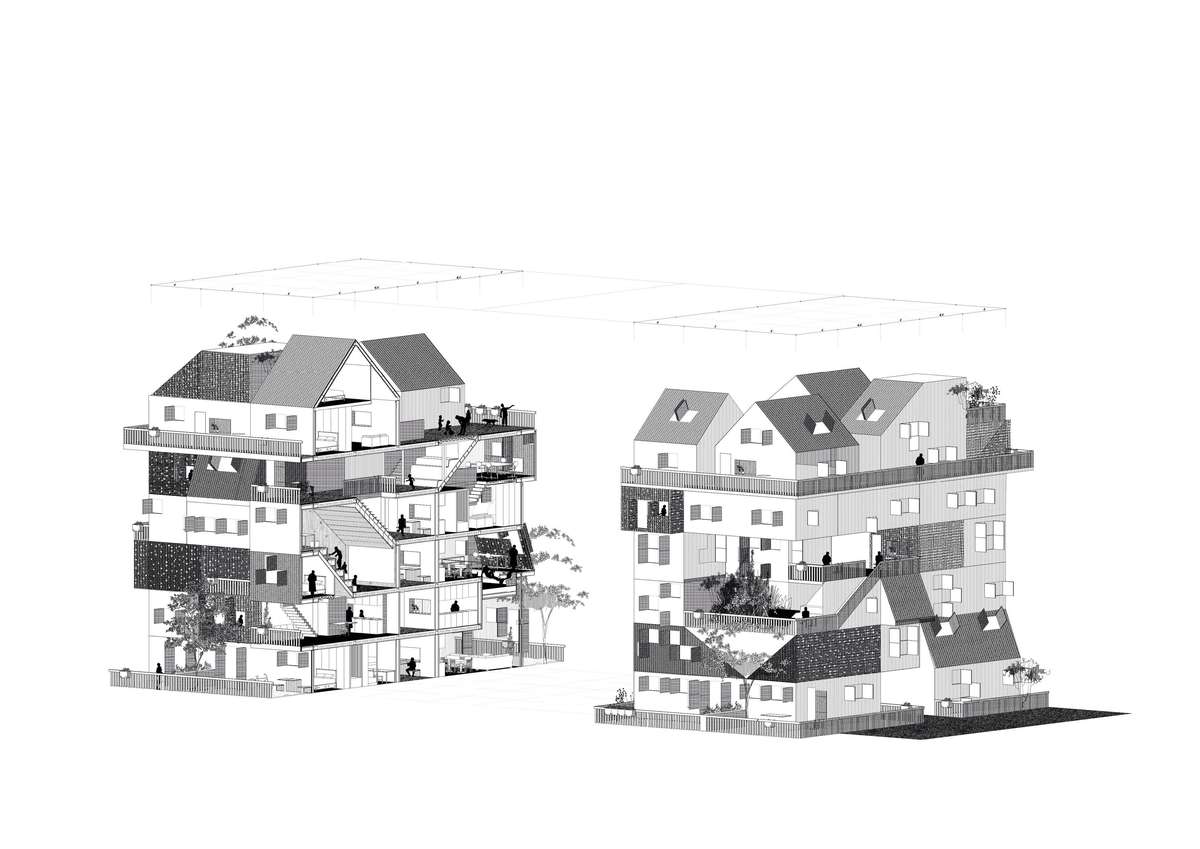
One of the most virulent periods in the growth of cities were the developmentalism decades with the exodus from the countryside towards the cities in the seek of a better life. This fact made the metropolis to produce city within short times and investments. The architectural spirit was the Modernism and its belief of the No-Place. Thus emerged hundreds of neighborhoods in Europe. Housing is essential in urban tissues. They are cities’ intimate spaces and so most sensitive to obsolescence.
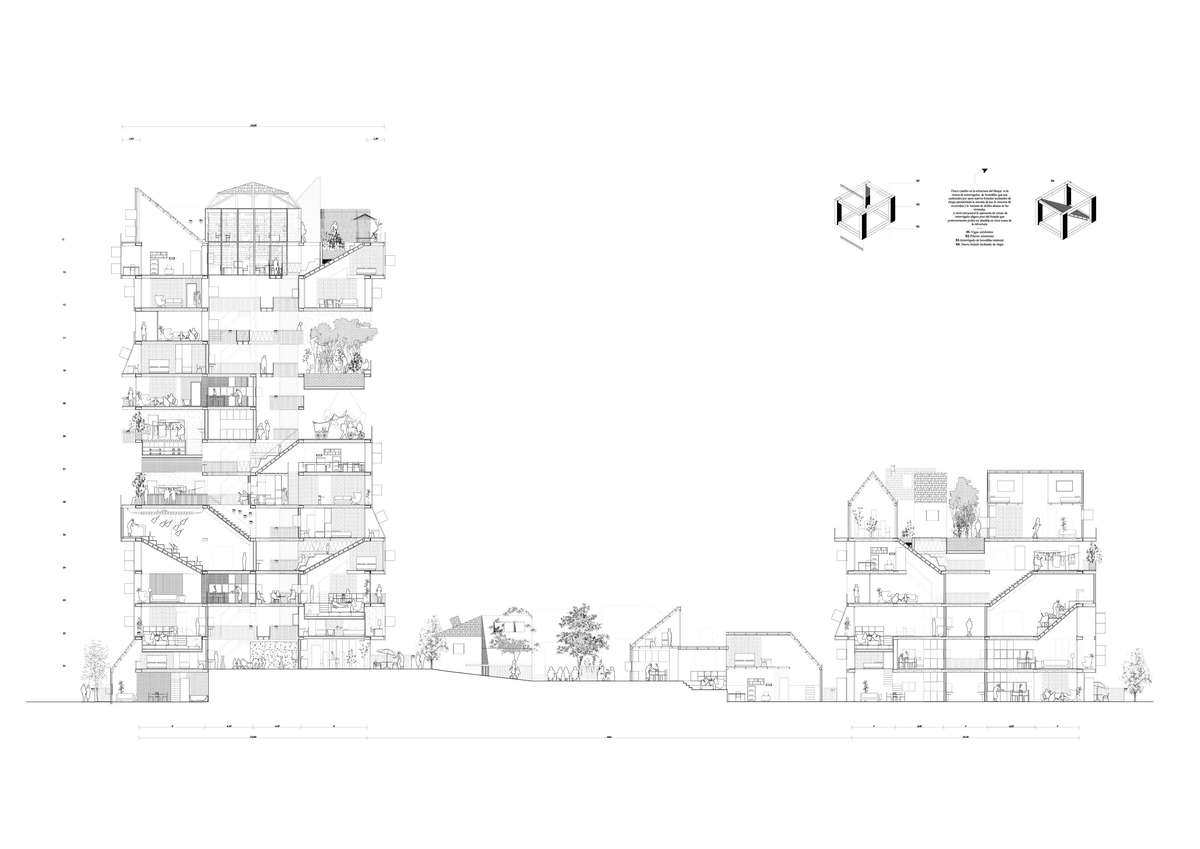
The architectural strategy re-qualifies spaces. First, re-hierarchizing the ground public spaces. From there, as a first aid kit, architecture arranges topography removing staircases and providing accessibility to firemen, ambulances and moving trucks.
This process of revitalization extends to the built, the blocks. In them, small scale operations will produce the improvement in the dwelling, its perfectibility and typological variety giving an adaptive system towards users and time
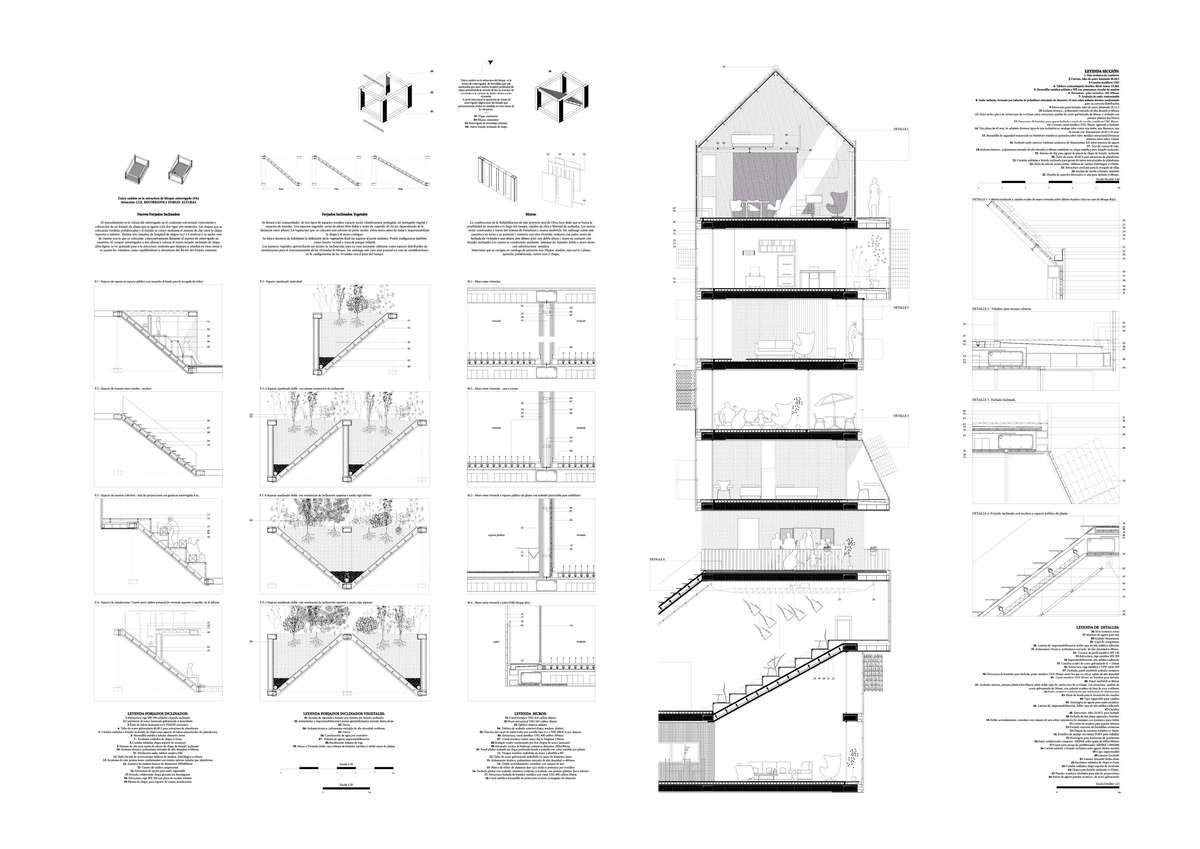
The four operations are:
1) Replacement of a small percentage of beam fillings by inclined slabs. With them new paths, natural lighting specially needed at ground level houses and double heights will be introduced in the blocks.
• 2) Re-structuring of the envelopes making them efficient.
• 3) Expansion of the cantilevers
• 4) Re-qualification of the public common space that will no longer be limited to a core of communication.
Urban homework for Europe
Urban homework for Europe

The city is at crisis. The rehabilitation of large urban areas is a state of affairs. We are facing this challenge with outdated logics and urban tools.
There are parts of our cities that are dying. We already tried to do better by creating new. This did not turn smart but easier. It is time to embrace the challenge of taking care of the older city.
One of the most virulent periods in the growth of our cities were the developmentalism decades with the exodus from the countryside towards the cities in the seek of a better life. The architectural spirit was the Modernism and its belief of the No-Place. Thus emerged hundreds of neighborhoods in Europe. Today this tissues are degrading all over Europe.
It is believed that it is not about rehabilitating a building; it is understanding the social structures architecture creates and how this architecture must be convertible to stay healthy and appealing towards forthcoming generations.
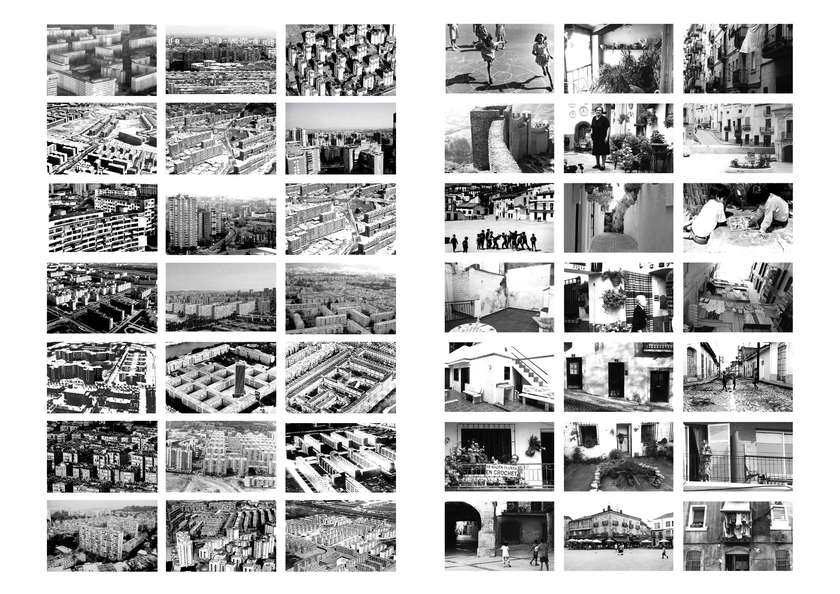
There are parts of our cities that are dying. We already tried to do better by creating new. This did not turn smart but easier. It is time to embrace the challenge of taking care of the older city.
The rehabilitation of large urban areas is a state of affairs. We are facing this challenge with outdated logics and urban tools.
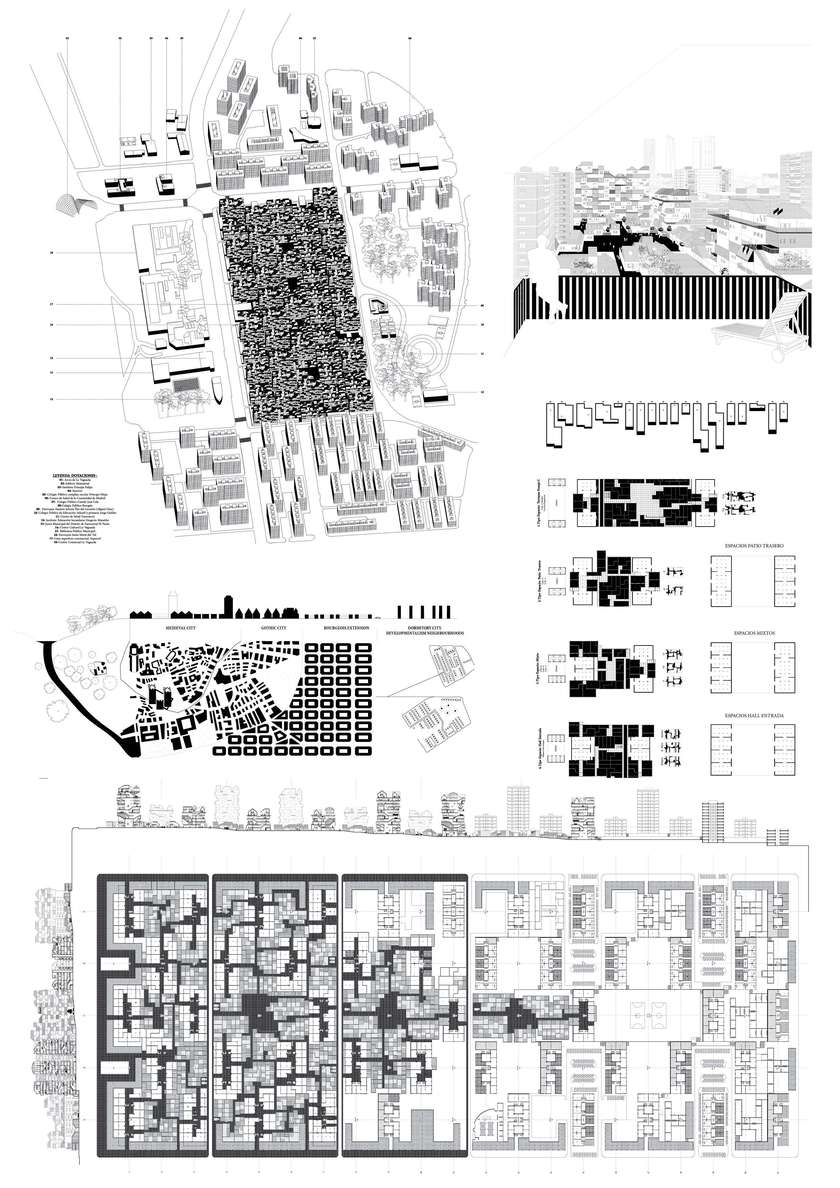
Cities have grown unstoppably and will continue to. Time has turn the fabrics of previous and peripheral growths into privileged and consolidated urban tissues. They are now enjoying metropolitan centralities, large infrastructures, interconnections. While little or no change has been introduced in the architecture, the built environment has survived many generations from that which designed it. New generations bring social reconfigurations. A fixed fabric is then condemned to degradation
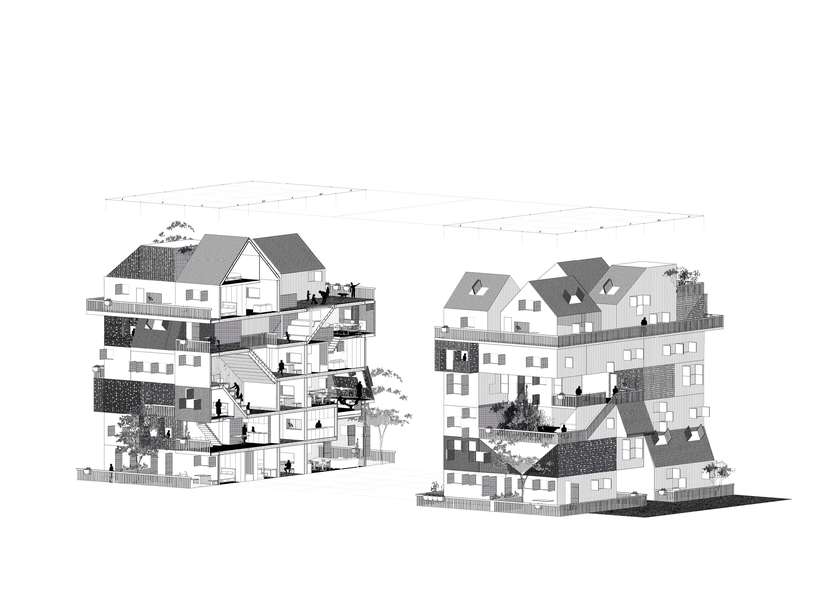
One of the most virulent periods in the growth of cities were the developmentalism decades with the exodus from the countryside towards the cities in the seek of a better life. This fact made the metropolis to produce city within short times and investments. The architectural spirit was the Modernism and its belief of the No-Place. Thus emerged hundreds of neighborhoods in Europe. Housing is essential in urban tissues. They are cities’ intimate spaces and so most sensitive to obsolescence.
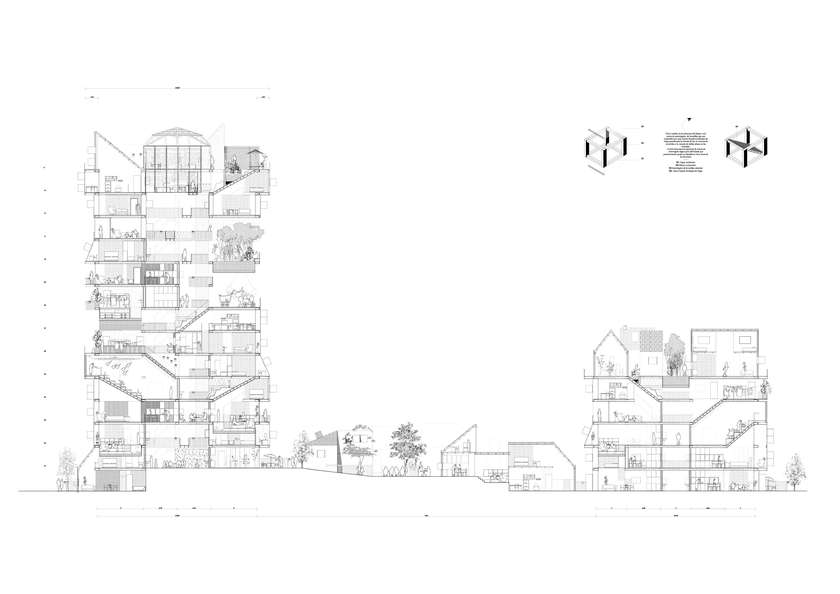
The architectural strategy re-qualifies spaces. First, re-hierarchizing the ground public spaces. From there, as a first aid kit, architecture arranges topography removing staircases and providing accessibility to firemen, ambulances and moving trucks.
This process of revitalization extends to the built, the blocks. In them, small scale operations will produce the improvement in the dwelling, its perfectibility and typological variety giving an adaptive system towards users and time
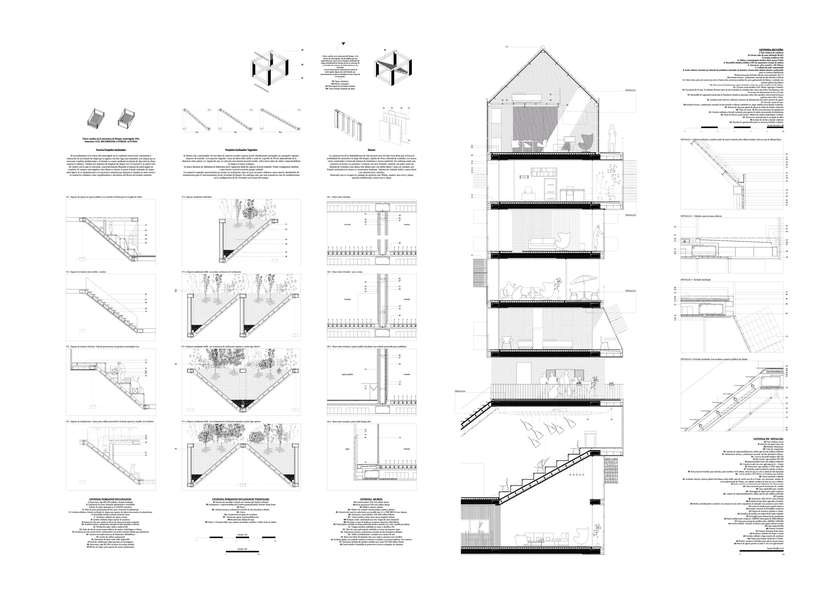
The four operations are:
1) Replacement of a small percentage of beam fillings by inclined slabs. With them new paths, natural lighting specially needed at ground level houses and double heights will be introduced in the blocks.
• 2) Re-structuring of the envelopes making them efficient.
• 3) Expansion of the cantilevers
• 4) Re-qualification of the public common space that will no longer be limited to a core of communication.
